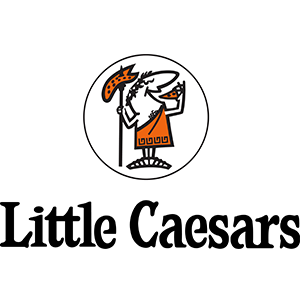Industrial HVAC Systems In The Manufacturing World
Industrial HVAC systems account for approximately thirty percent of the energy used by manufacturing companies. While the purpose of an industrial HVAC system is to heat and cool an enclosed space, a good air system design also reduces the energy consumption, improves air quality inside the commercial building, and prevents the release of toxic gases into the surrounding environment.
What Makes Up And Industrial HVAC System?
 The word HVAC stands for heating, ventilation, and air conditioning. An industrial HVAC system for a building can have different combinations of heating and cooling devices. These systems can include a boiler, furnace, heat pump, rooftop unit, or electric heat. Common industrial cooling systems include rooftop units, heat pumps, chillers, and basic air conditioning units.
The word HVAC stands for heating, ventilation, and air conditioning. An industrial HVAC system for a building can have different combinations of heating and cooling devices. These systems can include a boiler, furnace, heat pump, rooftop unit, or electric heat. Common industrial cooling systems include rooftop units, heat pumps, chillers, and basic air conditioning units.
Industrial HVAC installation can be quite complex due to the requirements of the system and the size of the equipment being installed. This is why it is critical the installation of an industrial HVAC system be performed by a company that is familiar with the building requirements and codes as well as the industrial HVAC equipment. A basic HVAC system is often used for a single zone in an industrial plant. Whereas modifications to the basic set-up will be implemented when the system is cooling, heating, and ventilating multi-plants and large areas.
Design Of Industrial HVAC Systems
In a basic industrial HVAC system, air is brought in from an air intake located on the top or side of the building. The air is forced through a damper by atmospheric pressure that regulates how much air is taken into the industrial HVAC system. Air that has already run through the system is combined with the outside air. This air mixture is then run through a filter that removes large particles such as dust, leaves, and bugs. A second filter takes care of smaller particles before the air goes through a fan. Air leaves the fan and is heated or cooled by coils. A drain pan collects any condensation from the coils and the air is sent through the ductwork to cool or heat the building. It is then returned by air registers to be mixed with new air or sent out of the building. While the ducting can be complicated in an industrial HVAC system it is important to keep it as efficient as possible.
Three main types of air conditioners are commonly used in industrial HVAC installation. An industrial HVAC system has other primary functions whereas a regular air conditioner’s main function is to make a space comfortable. Direct expansion coolers consist of three components including window units, heat pumps, and packaged units. Units may be located on the rooftop and air is cooled when it passes over the coils. Chilled water systems have a refrigeration machine that cools water that is used by a coil to cool the air. Finally, evaporative coolers combine hot air with a damp surface to eliminate heat in dry climates. This action causes the moisture to evaporate and decrease air temperature.
Industrial HVAC systems in a commercial or manufacturing environment can become very complex. So it is extremely important to know what is needed before installation. Using an industrial air conditioning service that has experience in these types of setups can be very helpful and ensure you get a quality installation.









